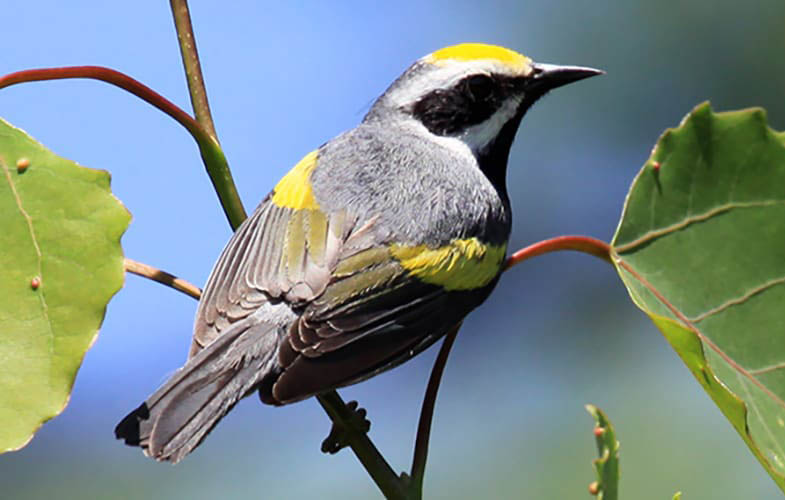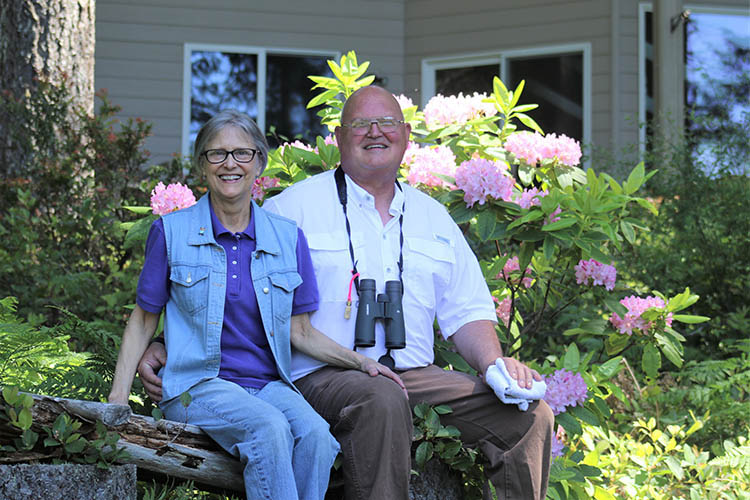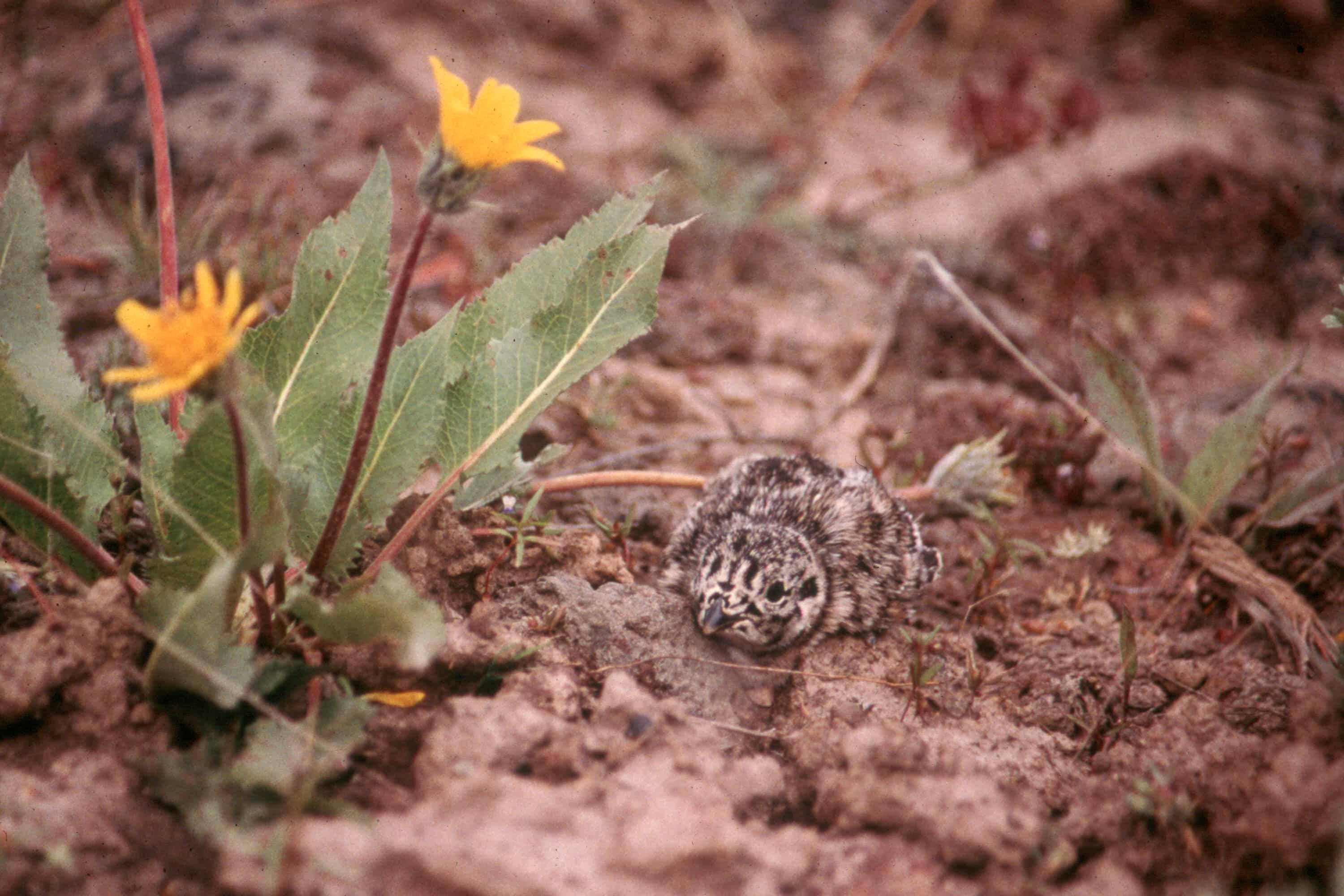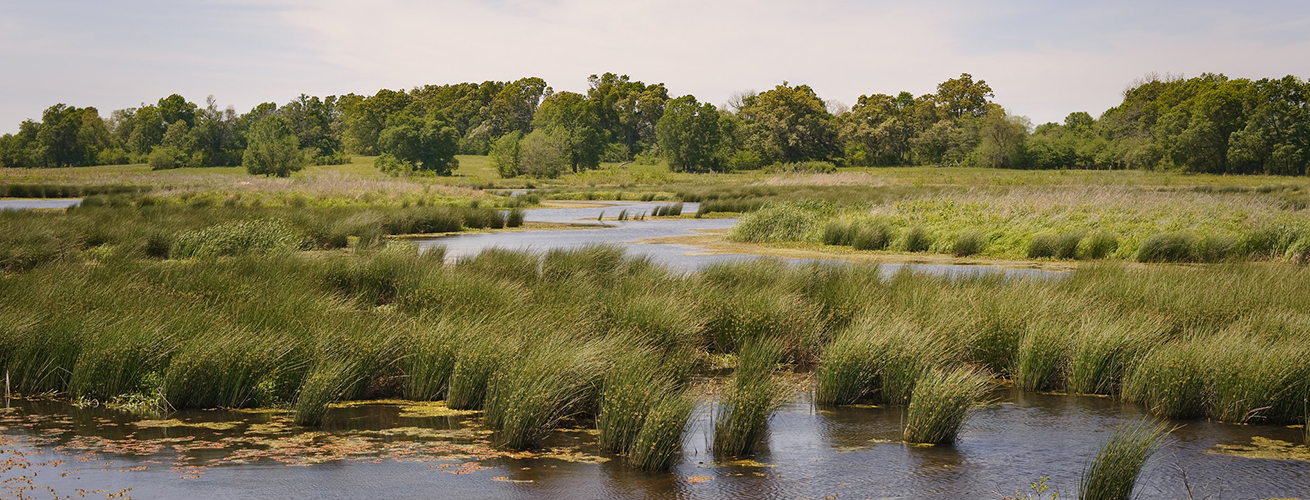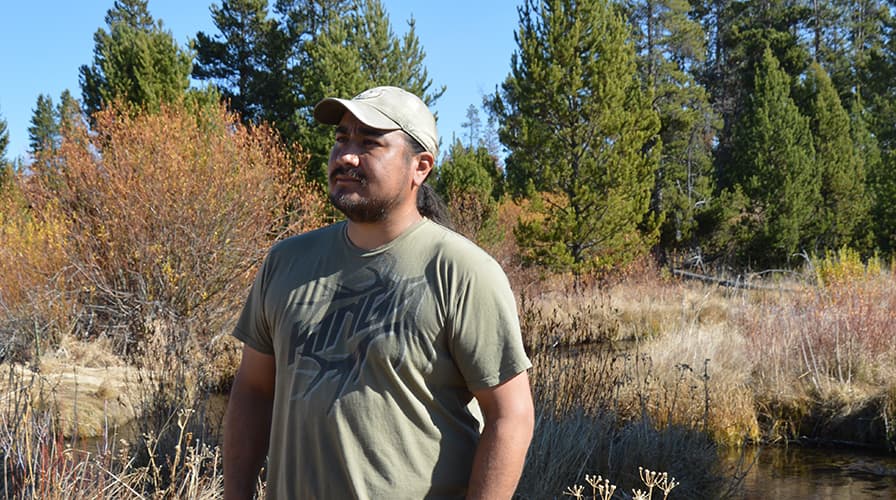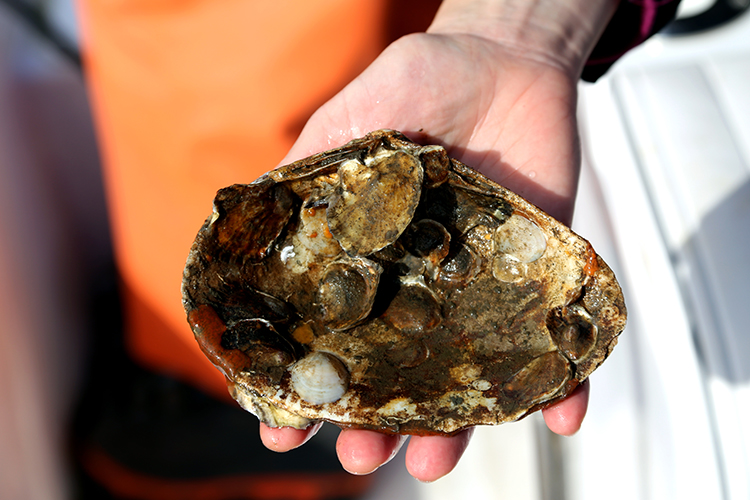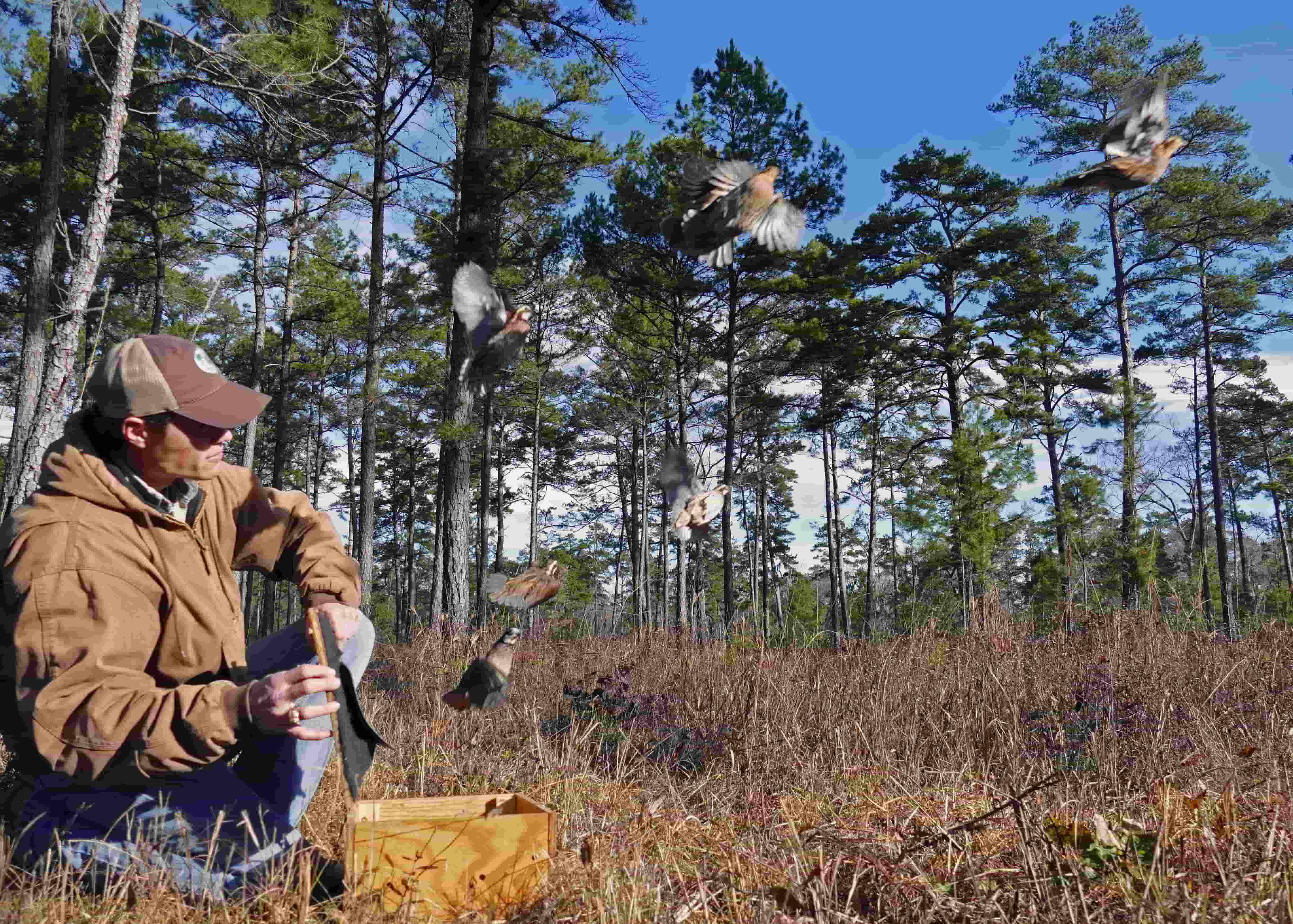America’s privately-owned farms, ranches, and forests don’t just provide us with food and fiber—they also support lots of wildlife.
The Benefits of Helping Wildlife with USDA
Sustainable agriculture practices on farms, forests, and ranches benefit wildlife by improving soil health, water quality, and plant diversity. And they also create profitable, productive agricultural land that is more resilient to drought, fire, and other natural disturbances.
Cropland
Whether they span 1 or 100 acres, privately owned farms across the nation provide open space and natural resources for all sorts of animals.
Wildlife-friendly farming practices include:
- Controlling erosion by planting trees or shrubs along streams and rivers
- Integrated pest management, to protect wildlife and water quality
- Leaving crop "stubble" on the ground, to provide habitat for nesting birds
Pastures
Livestock pastures offer food and habitat to wildlife as well as to farm animals.
Wildlife-friendly pasture practices include:
- Watering facilities that can serve both livestock and wildlife
- Animal waste management to protect water quality
- Prescribed grazing plans to prevent overgrazing and protect wildlife habitat
Rangeland
Grazing lands support a wealth of wildlife in habitats like grasslands, sagebrush, and the desert.
Wildlife-friendly rangeland practices include:
- Rest-rotation grazing to foster healthy, diverse native plants
- Restoring and protecting wet habitat to improve water availability
- Removing woody species like juniper, red cedar or pinyon-pine to improve forage and habitat
Forests
From New England to California, our country's diverse forests are home to songbirds, wild game, and fish.
Wildlife-friendly forestry practices include:
- Prescribed burns to encourage diverse plant communities
- Targeted harvesting and thinning to encourage multi-aged timber stands
- Brush management and herbaceous weed control to promote healthy forests
Wildlife Conservation Near You
NRCS's Working Lands for Wildlife Initiative is benefiting producers across 48 states. Our goal is to conserve large, intact working landscapes using science-based conservation strategies that benefit whole ecosystems and rural communities.
Find a locally led wildlife conservation partnership near you:
- Greater sage-grouse: Montana, Idaho, North Dakota, South Dakota, Wyoming, Colorado, Utah, Nevada, California, Oregon, Washington
- Lesser prairie-chicken: Colorado, Kansas, Oklahoma, Texas, New Mexico
- Gopher tortoise: Mississippi, Alabama, Georgia, South Carolina, Florida
- New England cottontail: New York, Massachusetts, New Hampshire, Connecticut, Rhode Island, Maine
- Golden-winged warbler: Pennsylvania, New Jersey, New York, Maryland, West Virginia, Virginia, Kentucky, Tennessee, North Carolina, Georgia
- Southwestern willow flycatcher: California, Nevada, Arizona, Utah, Colorado, New Mexico
- Bog turtle: New York, Massachusetts, Connecticut, New Jersey, Pennsylvania, Maryland, Delaware
- Monarch butterfly: Illinois, Indiana, Iowa, Kansas, Minnesota, Missouri, Ohio, Oklahoma, Texas, Wisconsin
- Northern Plains grassland birds: South Dakota, North Dakota
- Eastern Hellbender: North Carolina, Tennessee, Virginia
- Blanding’s turtle: Illinois, Michigan, Indiana, Ohio
- Hawaiian nene (goose): Hawaii
- Northeast turtles: New Hampshire, Maine, Massachusetts, Rhode Island, Connecticut, New York, Vermont
- American black duck: Delaware, Maryland, Virginia, New Jersey
- Louisiana pine snake: Louisiana and Texas
- Conasauga River Aquatic Species: Georgia, Tennessee
- Yazoo darter: Mississippi
- Shorebirds of Louisiana wetlands: Louisiana
- Colorado River mussels: Texas
- Cutthroat Trout: Colorado
- Greater prairie-chicken: Nebraska sandhills
- Salmon: Alaska’s Kenai Peninsula
- Northern bobwhite: grasslands (Virginia, Arkansas, Illinois, Indiana, Maryland, North Carolina, Ohio, Missouri, Kentucky) and pine savannas (Georgia, New Jersey, North Carolina, South Carolina, Florida, Alabama)
Wildlife Practices for Working Lands
Brush Management
Removing woody species from grazing lands provides more forage for livestock, boosts wildlife habitat, and improves water availability.
2 minute video
Prescribed or Rotational Grazing
Rotating livestock through different pastures ensures that grasses and soil stay healthy to better support herds and wildlife.
2 minute video
Forest Stand Improvement
Managing for diverse, mixed-age, healthy forests is good for timber production and wildlife.
2 minute video
Wetland Restoration
Restoring wet habitat like streams, wetlands, and meadows benefits all of the animals who need clean water to survive and thrive.
2 minute video
Find Your Local Service Center
USDA Service Centers are locations where you can connect with Farm Service Agency, Natural Resources Conservation Service, or Rural Development employees for your business needs. Enter your state and county below to find your local service center and agency offices. If this locator does not work in your browser, please visit offices.usda.gov.
Learn more about our Urban Service Centers.
Visit the Risk Management Agency website to find a regional or compliance office or to find an insurance agent near you.


